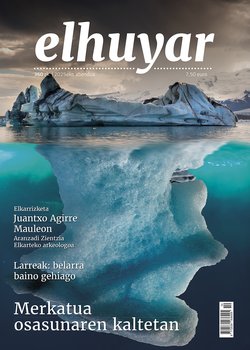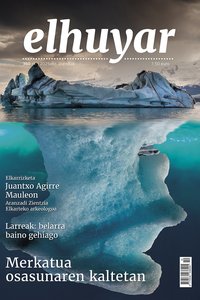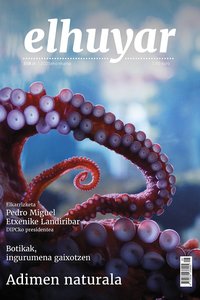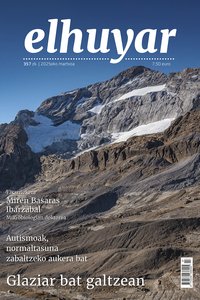The results of experiment g-2 will not put the Standard Model of Elementary Particles (SM) in severe shock and the “anomaly” will disappear

The Standard Model of Elementary Particles (SM) is the most accepted theory for describing fundamental particles and their interactions, regardless of gravity. It is a theoretical model of particle physics that describes elementary particles and their interactions through electromagnetic, weak nuclear, and violent nuclear forces. It provides a general understanding of the fundamental elements of matter and the basic forces that govern its behavior.
In the case of the magnetic moment of the electron, the theoretical and experimental values converge to the twelfth decimal figure. It is the most precise agreement between experimental value and theoretical prediction found in the history of physics!
The muon, however, is the heavy cousin of the electron, and both have the same quantum properties: Both are leptons, but the muon is 207 times heavier than the electron.Since the electron and the muon are so similar, and the theoretical calculation of the magnetic moment of the electron coincides with an almost mathematical precision with the experimental measurement, why should it not be so in the case of the muon, as shown by the g-2 muonic experiment?
In fact, the results of the g-2 muonic experiment, which was presented in the summer of 2023, left the SM Standard Model in severe shock. With the theoretical value of the SM Standard Model so far removed from the experimental value (5 value discrepancy, “anomaly”), the SM Standard Model seemed to need to be modified.
In 2024, in the UPV/EHU’s science and technology journal EKAIA, an article was published [1] that posed the following challenge: the results of the g-2 muonic experiment (with an “anomaly” value of 5) will not disrupt the SM model of Elementary Particles and the “anomaly” will disappear. This article explained the reasons that motivated the author to launch this challenge.
Recently, the Muon g-2 Collaboration has presented the results of the analysis of all the experiments carried out in Fermilab during the period 2020-23. These values coincide, within the experimental error, with the new theoretical values of the Standard Model of Elementary Particles SM published recently (preprint).
Therefore, the challenge written by this author in the magazine EKAIA has come out "winning". It should also be noted that the reasons that led to this challenge in the EKAIA article are very well aligned P. According to Aguillard et al., 2025 and R. Aliberti, with the reasons presented in 2025 articles.
Buletina
Bidali zure helbide elektronikoa eta jaso asteroko buletina zure sarrera-ontzian










